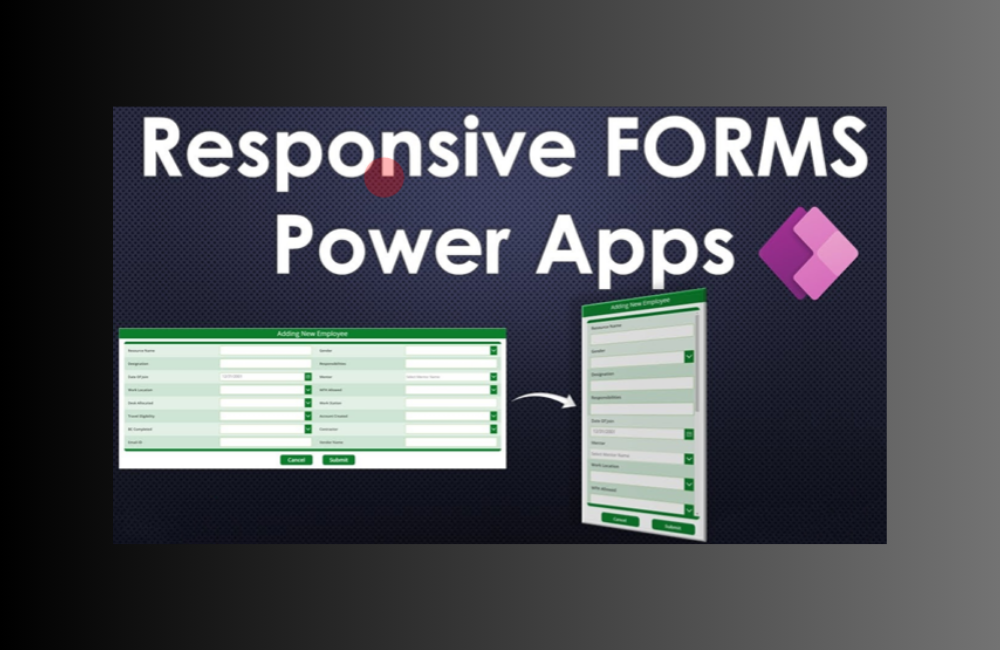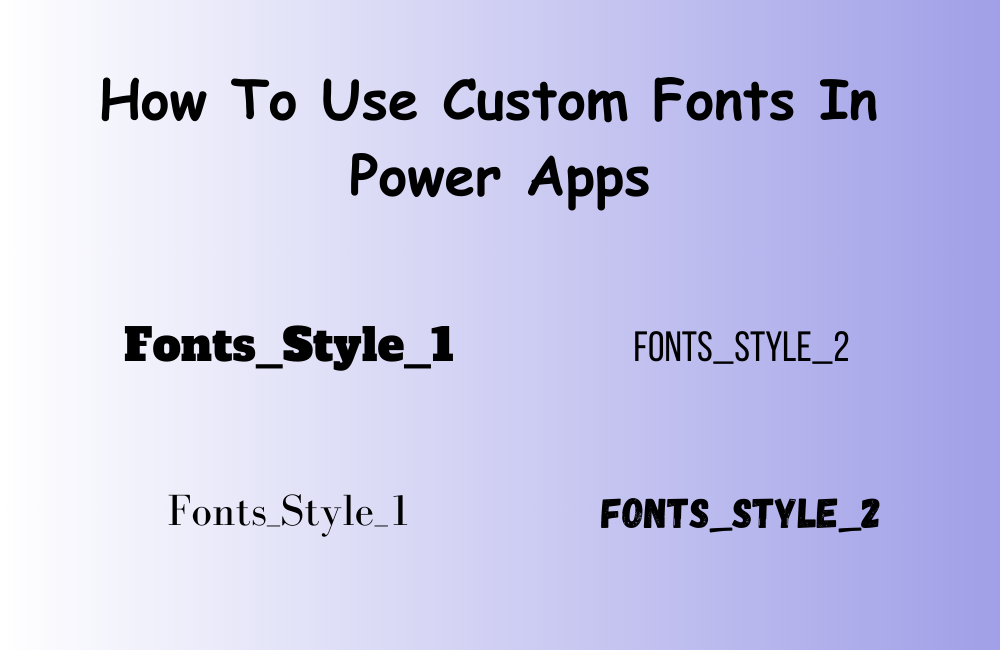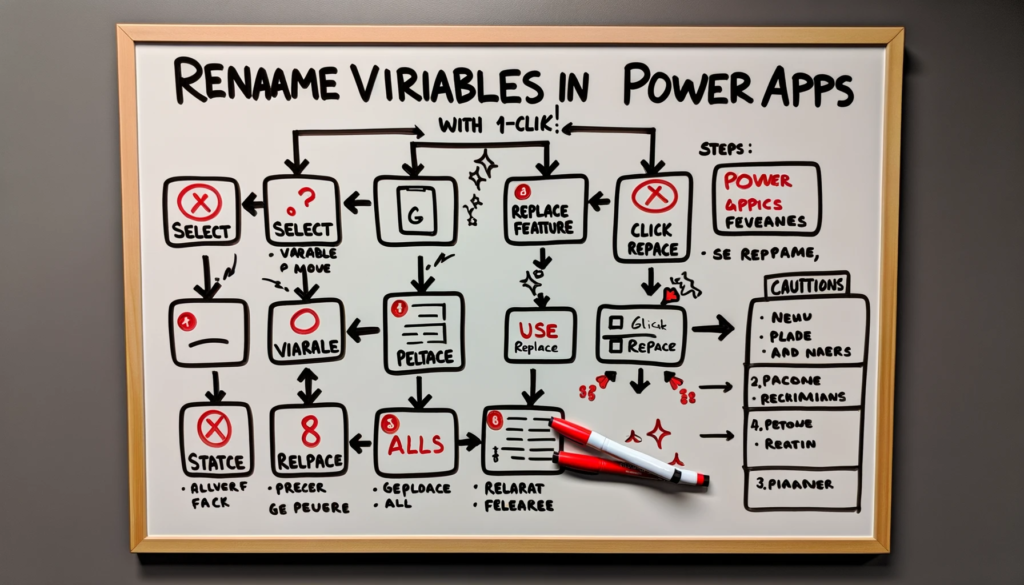Introduction
With the increasing complexity of data structures, the need for transforming data in SQL, particularly the process of transposing or converting rows to columns, has become crucial for many developers. This article dives deep into the methods available for this transformation in Power Apps and provides a step-by-step example to guide you through.
Understanding the Power Apps Limitation
One of the enduring challenges with Power Apps is the hurdle in converting rows to columns or vice-versa. This is primarily due to the inability to dynamically specify column names when creating output collections or tables. As a result, developers often find themselves resorting to intricate methods and at times, hardcoding column and row names.
A Practical Example: Transposing Sales Data
Consider sales data organized in the following manner:
ClearCollect(SalesDataCollection,
{Quarter:"Q1", Europe:42804, Asia:16774, NorthAmerica:24094},
{Quarter:"Q2", Europe:32987, Asia:24214, NorthAmerica:20873},
{Quarter:"Q3", Europe:38485, Asia:28356, NorthAmerica:30689},
{Quarter:"Q4", Europe:44567, Asia:30763, NorthAmerica:34456}
)
Reference:
The goal is to transpose this data such that the quarters become columns.
Hardcoded Column/Row Transposition
Given the static nature of column naming in Power Apps, a potential solution involves utilizing a formula based on hardcoded values:
ForAll(
["Asia", "Europe", "NorthAmerica"] As RegionList,
{
Region: RegionList[@Value],
Q1: With({Q1Data:LookUp(SalesDataCollection,Quarter="Q1")},
Switch(RegionList[@Value],
"Asia", Q1Data.Asia,
"Europe", Q1Data.Europe,
"NorthAmerica", Q1Data.NorthAmerica
)),
Q2: With({Q2Data:LookUp(SalesDataCollection,Quarter="Q2")},
Switch(RegionList[@Value],
"Asia", Q2Data.Asia,
"Europe", Q2Data.Europe,
"NorthAmerica", Q2Data.NorthAmerica
))
Reference:
Some Relevant Insights
-
Discuss how transposing rows to columns in SQL is vital for data management, especially in Power Apps.
-
Provide examples showing the transformation of complex data structures using SQL.
-
Address common issues in SQL data transposition, like static column naming in Power Apps.
-
Offer solutions and best practices for efficient data transposition in SQL.
Conclusion Thoughts:
Transposing rows to columns in SQL, particularly in Power Apps, is a crucial skill for data professionals. While it presents certain challenges, understanding and implementing effective techniques can significantly streamline data management and reporting. This guide aims to equip developers with the knowledge to navigate these challenges and optimize their SQL data transformations. Remember, mastering these techniques not only improves data handling efficiency but also broadens your capabilities in managing complex data structures.
If you want to learn more Just Contact Us.






